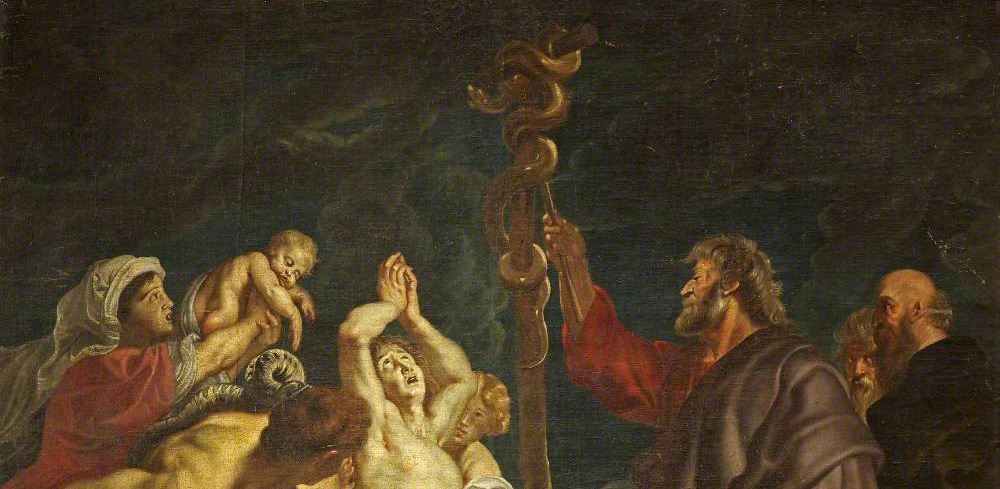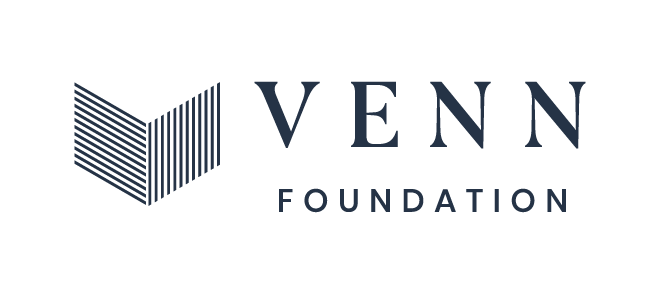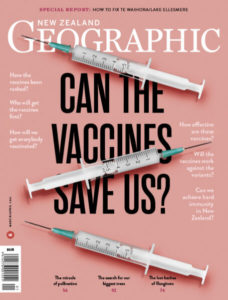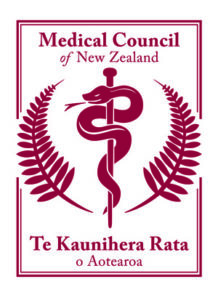
19 Mar Hope and the Vaccine
Dr Ruth Bollen is an alumna of the Residential Fellowship (2018/19). She studied medicine at the University of Auckland before returning home to work at Whangārei Hospital, where she worked as a Medical Registrar. After some time off following the Fellowship, Ruth is currently working as a trainee physician in the Auckland region.
It is finished. Kua oti.
Telos reached.
Breathe a (mask-free) sigh of relief.
Over. Done. Dusted.
As we journey towards Easter this year, news headlines proclaim (or question, as seen in the recent New Zealand Geographic) that our deliverance is nigh: the 30 microgram mRNA hope of the world, delivered from -80 degrees via a low residual volume needle and syringe set. It is the impending defeat of this variety of death and disease—the price of our freedom.
For unto us a vaccine is born,
Unto us an injection is given;
And the governments shall rapidly
develop equitable distribution plans:
And its name shall be called
Pfizer/BioNTech,
AstraZeneca,
Novavax, Janssen Pharmaceutica,
Sputnik V.
Of the reduction of hospital admissions and community transmission
there will be no end (or at least 95%).
Our borders can open, and businesses rebuild,
And life proceed without lockdowns for ever and ever.
A hopeful and high stakes promise indeed. The COVID-19 vaccine provides a welcome chance to gain an advantage against this invisible enemy. But for how long? Will the legacy of oppression lead those most at risk to shun this product of western science? Will alternative facts and distrust of the institution leave us short of the herd immunity goal? Does our society have enough remaining sense of collective responsibility to roll up our sleeves for the sake of our neighbours? How will vaccine scarcity, nationalism, and diplomacy reshape global politics and poverty? Will the virus evolve to outsmart our primed immune systems? Will life go back to normal? Which aspects of normal do we even want back? How will we even recognise “over” should we get there?
***
A few thousand years ago, deep in the dusty Middle Eastern desert, the chosen people of God were starting to get fed up. Life was not going as expected, the food was boring, the days tedious and repetitive, and the destination unclear. Most likely, there were many days of “Here we go again”; many times, perhaps, they experienced that sinking “back to level 3” feeling. In this prolonged wandering, they forgot to trust in the goodness of a God who had been nothing but faithful, forgot the miracles and the call that got them where they were, forgot the promises ahead, and forgot to recognise the miracle of his daily provision in the midst of the wilderness. And, as they ceased to trust in the God who held them together and chose instead to believe the lie that they were on their own, they started getting bitten by snakes. And many died. Spot the echoes of Eden! The tragic loss of life came to an end as the people saw their sulky rebellion for what it was, acknowledged their sin, and asked Moses to intercede. “And The Lord said to Moses, ‘Make a snake and put it up on a pole; anyone who is bitten can look at it and live'” (Num. 21:8). Bitten by a lie? Lost sight of truth? Even in the midst of suffering, trust what I say, do what I ask, and look to me and live.
This is a pretty strange story. Looking at a bronze sculpture isn’t listed as a cure for snake bite in any textbook I’ve come across. In something of a plot twist, this very same snake pops up again later in the biblical story as an object of idolatry. The Israelites took this physical reminder of the saving power of trust in God and started burning incense to it (see 2 Kings 18). Hezekiah smashes it to pieces. It seems it is a perennial temptation of ours: to place our trust in the good gift, not the good giver. With the arrival of a safe and effective life-saving vaccine, we should absolutely celebrate; we should also remember that while we can trust in the manufacturer of mRNA fragments, we trust ultimately in the designer of our DNA!
Interestingly, the logo of the Medical Council of New Zealand (and the World Health Organisation and many other health institutions) incorporates the Rod of Asclepius—a snake wrapped around a pole—which, since Ancient Greece, has been a symbol associated with healing and medicine. The way in which the medical and scientific communities have mobilised to fight this pandemic is unprecedented. Like every human story, of course, there will be mixed motives and flawed people and, no doubt, greedy secrets lurking in various corners.
But God has been at work amongst it all: in the leaders appointed to strategic roles for such a time as this; in medical staff faithfully donning stifling PPE to serve their patients at significant personal cost; in lab workers tirelessly testing hundreds of thousands of samples around the clock; in border workers submitting themselves to regular invasive testing to prevent infection leaking into the community; in research labs around the world working at full tilt under enormous pressure to save lives by pulling together past discoveries and creative new approaches; and in all the little unseen gestures of mercy and grace and kindness that have gone on in the halls of public health outside an often critical media spotlight. All these components of our institutional health response have left New Zealanders in a world-enviable position, even as we wait for wider roll out of the vaccination that we pray will herald the end the pandemic (but will undoubtedly still leave questions hanging).
So what messages could we take from a snake on a pole as we enter into this phase? Well, we know that God provides a way for his people. He always does. And he uses humanity in working out his saving plans. We know he hears our intercessory prayer. We know that we are called to trust, even in the midst of uncertainty and hardship. And we might remember that the Bronze Snake of Moses (figuratively echoed by Asclepius’s rod) is taken up by Jesus as a pre-figuring of his own death (see Jn. 3). We are reminded to lift our eyes to where our help comes from: not human institutions, valuable as they are, but, rather, the Son of Man who was lifted up for our salvation, that whoever would believe in him would not die, but have eternal life… because God loved and still loves the world. At the cross and empty tomb, death has been defeated, the story end has been written, and the work finished. Jesus alone is our living hope, and we can confidently trust that come what may, he will ultimately make a way. Because he already has.
(Image: “Moses and the Brazen Serpent,” Peter Paul Rubens, CC Zero)



